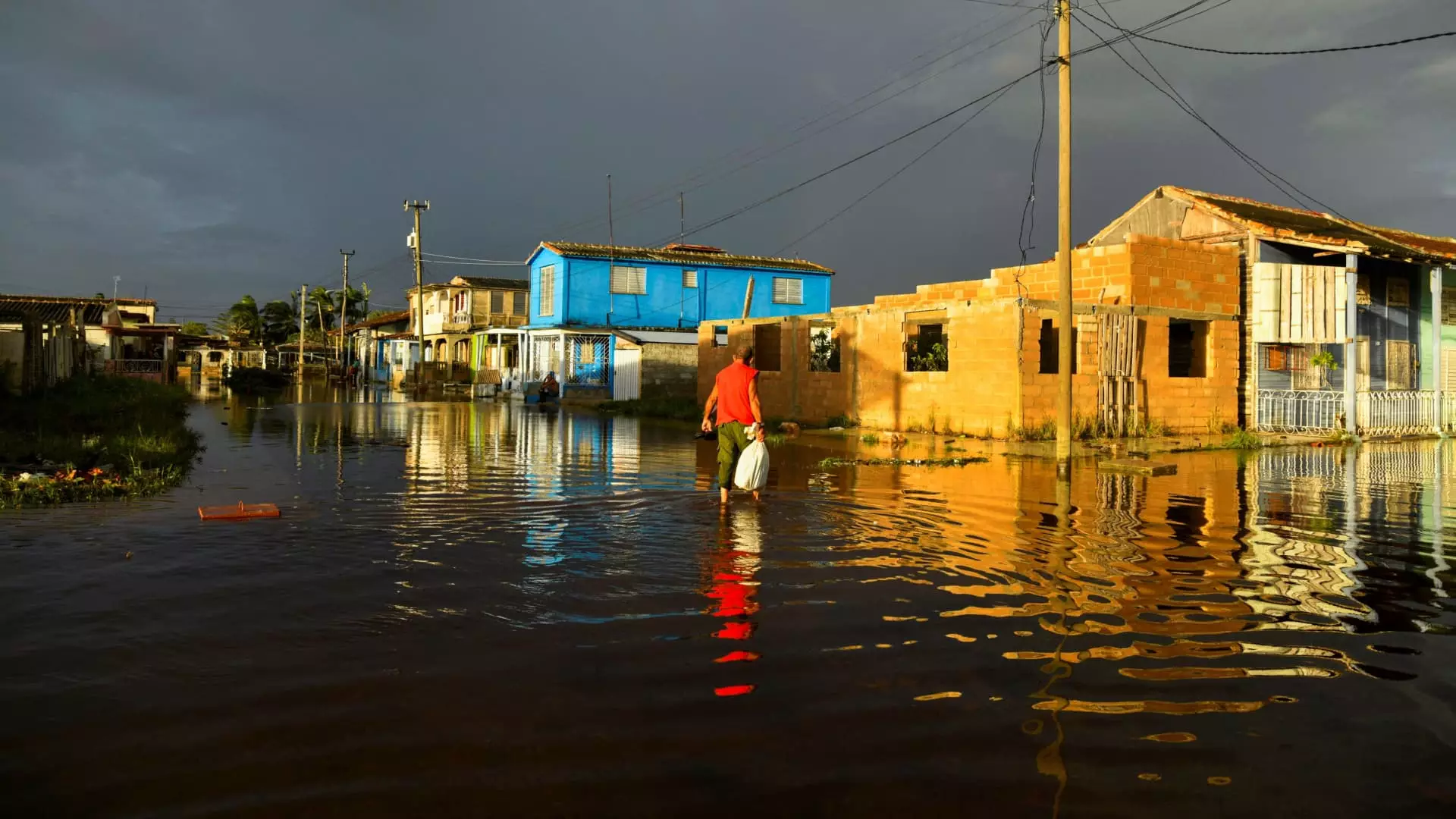Hurricane Rafael serves as a significant weather event, marking a rare occurrence in the Gulf of Mexico as the first major hurricane in November in nearly four decades. Its trajectory westward poses severe threats to the southern United States coastline. Such weather phenomena not only emphasize the unpredictable nature of hurricanes but also highlight the vulnerabilities that certain regions face in the wake of these natural disasters.
As Rafael churned through the Gulf, forecasters issued serious warnings regarding the potential for life-threatening conditions. Notably, the hurricane’s sustained winds reached 120 mph, categorizing it as a Category 3 hurricane. This wind intensity is expected to initiate dangerous surf and rip currents across the Gulf region. Residents along the affected coastline are advised to remain vigilant as the storm could unleash tropical storm-force winds extending up to 115 miles from its center.
The havoc wreaked by Rafael primarily struck Cuba, where millions remain powerless following the storm’s destructive force. The hurricane knocked down six critical electricity towers in Cuba, leaving the entire nation—home to approximately 10 million—shrouded in darkness. This blackout, the second experienced in less than a month, highlights systemic weaknesses in the country’s electrical infrastructure. The repercussions of such storms often extend beyond immediate physical damage, revealing broader issues of preparedness and response.
Emergency Response and Human Impact
In response to Rafael, Cuban authorities evacuated over 283,000 individuals, with almost 100,000 from the capital city, Havana. The city, characterized by its densely packed and aging infrastructure, is particularly susceptible to severe weather. As residents faced the absence of electricity, many sought refuge in hotels equipped with generators, seeking urgent access to power for essential needs like charging mobile devices and lighting. This situation underlines the resourcefulness of individuals amid crisis, as neighbors and businesses extend support to one another in such difficult times.
Rafael marks a crucial point in this year’s hurricane season, being the 17th named storm and only the sixth hurricane to emerge in November within the Gulf. Its historical significance lies not only in its timing but also in its strength, tying with Hurricane Kate of 1985 as one of the strongest storms recorded in this period. As weather patterns shift and climate change continues to influence storm behavior, Rafael’s occurrence may signal a new norm—drawing attention to the importance of preparedness and resilience against nature’s increasingly volatile temper.
Hurricane Rafael stands as a potent reminder of the challenges faced by coastal areas in managing natural disasters. Its unprecedented strength and timing raise critical questions about current infrastructure, emergency preparedness, and community resilience. As the Gulf region grapples with the aftereffects, the hope remains that improved strategies and cooperative responses can lessen the impact of future storms, ensuring safer environments for vulnerable populations. As we analyze Rafael’s complex aftermath, the need for comprehensive disaster management plans becomes all the more evident, prompting dialogue about future preventive measures.

